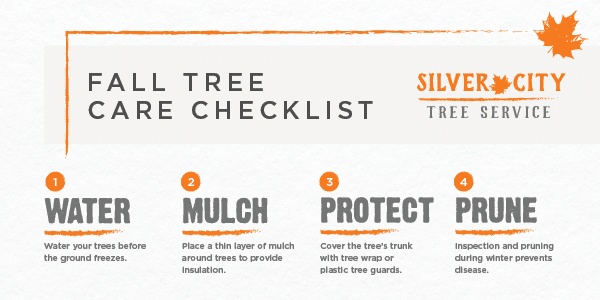Seasonal Tree Treatment: Exactly How To Manage Trees Prior To And After Removal
Seasonal Tree Treatment: Exactly How To Manage Trees Prior To And After Removal
Blog Article
Web Content Writer-
When it comes to seasonal tree treatment, making certain correct monitoring prior to and after removal can substantially impact the wellness and looks of your landscape. By recognizing the essential actions associated with evaluating tree wellness and preparing for elimination, you can proactively protect your residential or commercial property. But what regarding the critical methods to follow as soon as the tree is gone? Keep tuned to discover the necessary post-removal treatment actions that will certainly aid you cultivate a growing and sustainable atmosphere for your trees.
Pre-Removal Tree Treatment
Before attending to the removal of a tree, it's essential to focus on pre-removal tree care. Beginning by evaluating the tree's wellness and structural integrity. Try to find indications of condition, bug problems, or any kind of architectural problems that may present a safety threat during removal. It's necessary to seek advice from a certified arborist to identify the best strategy.
Trimming dead or unhealthy branches can protect against additional damages to the tree and make sure a smoother removal process.
Additionally, consider the environmental impact of eliminating the tree. Trees play a crucial duty in our ecological community, so planting a new tree in an appropriate area can help offset any type of loss. Make certain that you have the necessary permits and authorizations for tree removal, especially if the tree is protected by local policies.
Seasonal Upkeep Tips
Analyzing your tree's demands throughout the year is essential for its wellness and durability. To maintain your trees in leading condition, follow these seasonal maintenance ideas.
In spring, focus on trimming to eliminate dead or damaged branches and encourage brand-new development.
Summer asks for normal watering, particularly during dry spells, to guarantee your tree stays hydrated.
As loss techniques, watch out for early signs of disease or stress and anxiety, and consider applying compost to protect the origins throughout winter.
In winter months, be cautious when eliminating snow from branches to avoid breakage, and continue to monitor your tree's general wellness.
Keep in mind to adjust your treatment routine based upon the certain needs of your tree species and neighborhood climate. By staying attentive and proactive throughout the periods, you can assist your trees grow and grow for many years to find.
Post-Removal Tree Care
To ensure the wellness of your landscape even after tree removal, proper post-removal care is necessary. After a tree is gotten rid of, it's essential to fill the staying hole with topsoil and small it to stop settling. This will help maintain the stability of the ground and avoid prospective hazards in the future.
Take into https://www.countryliving.com/gardening/garden-ideas/g29803947/best-trees-for-privacy/ planting brand-new vegetation in place of the eliminated tree to restore the balance and visual appeals of your landscape. Frequently water the location to promote the growth of new plants and stop soil disintegration.
Examine the bordering trees for any kind of signs of condition or tension that may have been caused by the eliminated tree. Watch out for arborist chips that might've been attracted to the previous tree and take preventive measures to protect the continuing to be plants.
If needed, consult with an expert arborist to analyze the influence of the removal on the bordering trees and determine any type of added treatment needed. By adhering to these post-removal care actions, you can guarantee the ongoing wellness and charm of your landscape.
Conclusion
In conclusion, proactive seasonal tree care is essential for keeping the health and equilibrium of your landscape. By assessing tree health and wellness, pruning, and talking to an arborist prior to removal, you can guarantee a risk-free process. After removal, filling the hole, growing new plants, and regular watering will certainly advertise brand-new development and avoid disintegration. Bear in mind to check surrounding trees for illness and seek further care steps from an arborist to keep your landscape prospering.
